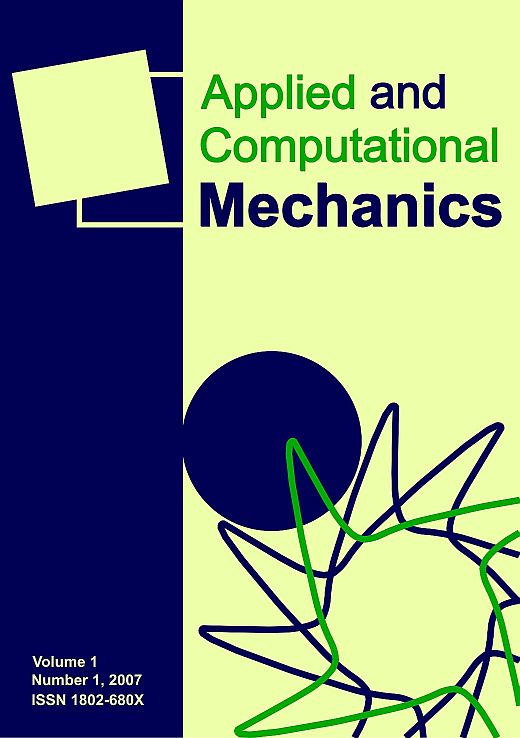Quantify seismic reliability of steel moment frame structures with numerical procedures
DOI:
https://doi.org/10.24132/acm.2024.889Keywords:
steel moment frames, seismic reliability analysis, seismic probability analysis, Monte Carlo method, parallel computing, seismic risk analysisAbstract
Quantifying the reliability indices of structures under earthquake loading is traditionally considered to be challenging, especially when the nonlinear structural behaviour needs to be considered. With the increasing popularity of high-performance computer clusters, it is feasible to use detailed numerical procedures to quantify seismic safety margins of steel moment resisting frame (SMRF) structures under various sources of uncertainties. Two seismic reliability methods are used to examine the interaction of uncertainty from ground motions and intensity. One is a numerical integration procedure for the traditional method. The other is the Monte Carlo simulation. These methods produce cumulative probability distribution curves that can retain the accuracy of results from nonlinear dynamic analysis. These methods are applied to two SMRF structures to investigate their probabilistic behaviour with their uncertainties from earthquake loads and seismic weights. The global reliability indices of the structures are found to be between 2.5 and 2.1 under the maximum considered earthquake (MCE). When an MCE occurs, the conditional reliability indices of the structures range between 1.4 and 1.0. The results indicate that both methods can be used to accurately quantify the reliability of SMRF structures. The results also show that some conditional probability distributions may not be well-represented by simple equations with their parameters calibrated from data-fitting techniques. The results also prove that the discussed methods and numerical procedures can be further used to accurately quantify probabilistic seismic behaviour of other structures toward the community resilience.Downloads
Published
31-Dec-2024
Issue
Section
Articles
License
Copyright (c) 2024 Applied and Computational Mechanics

This work is licensed under a Creative Commons Attribution 4.0 International License.
How to Cite
[1]
J. Gu, “Quantify seismic reliability of steel moment frame structures with numerical procedures”, APPL COMPUT MECH, vol. 18, no. 2, Dec. 2024, doi: 10.24132/acm.2024.889.







